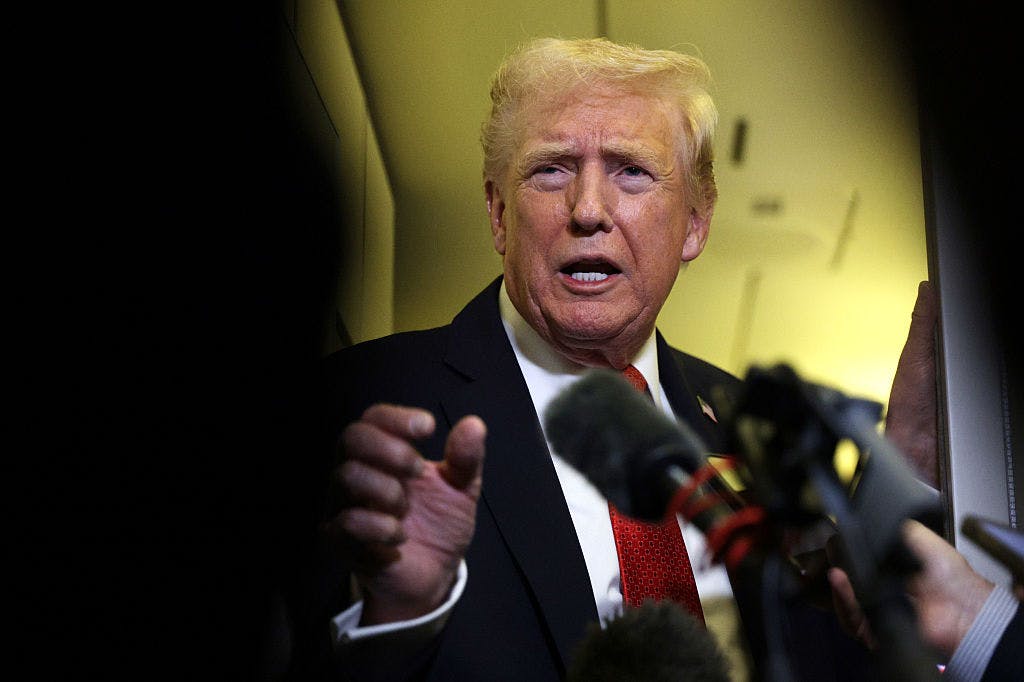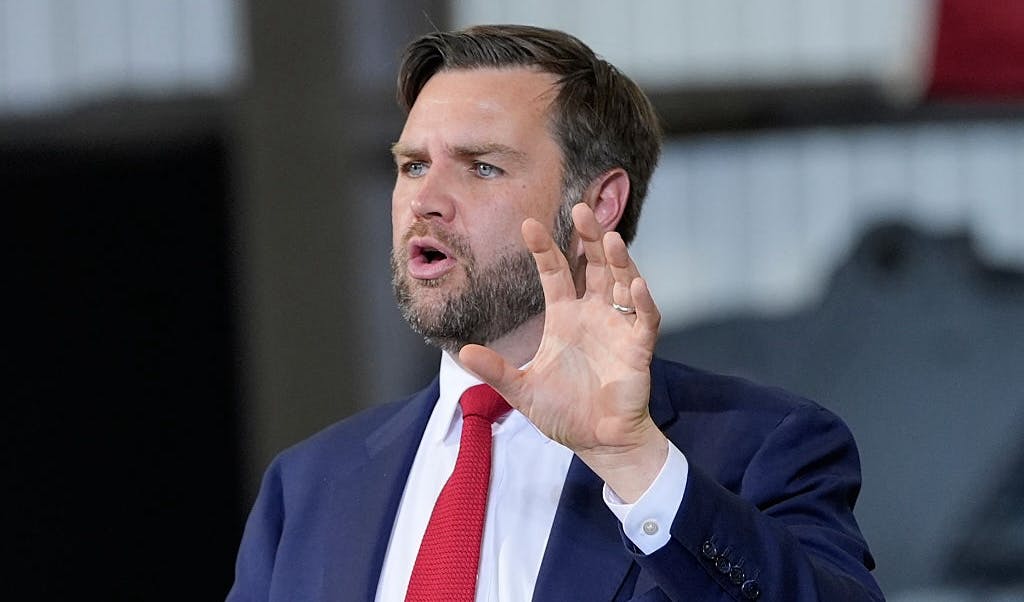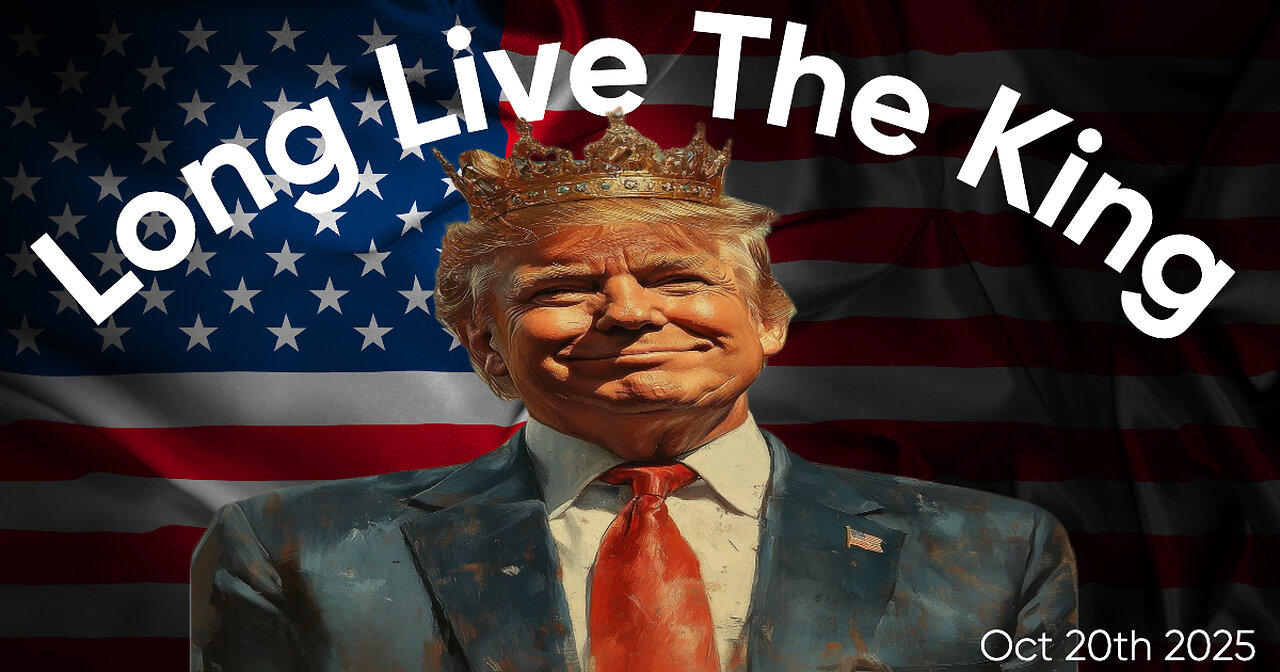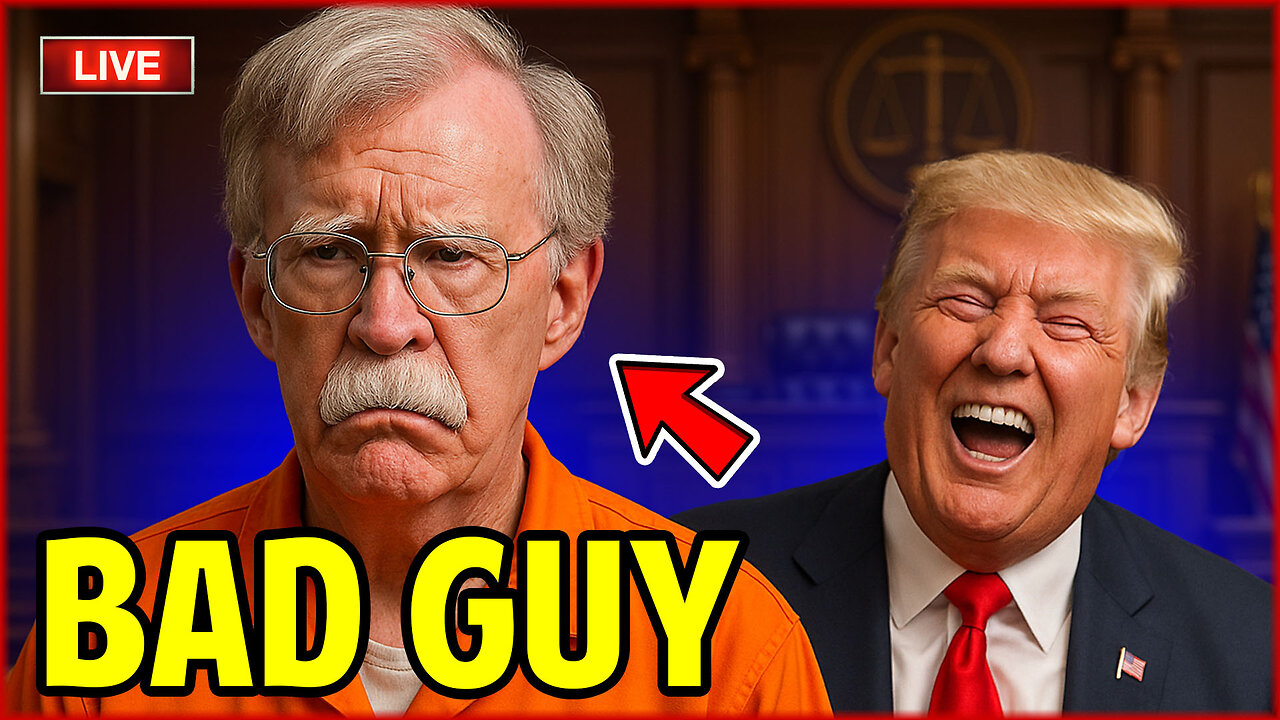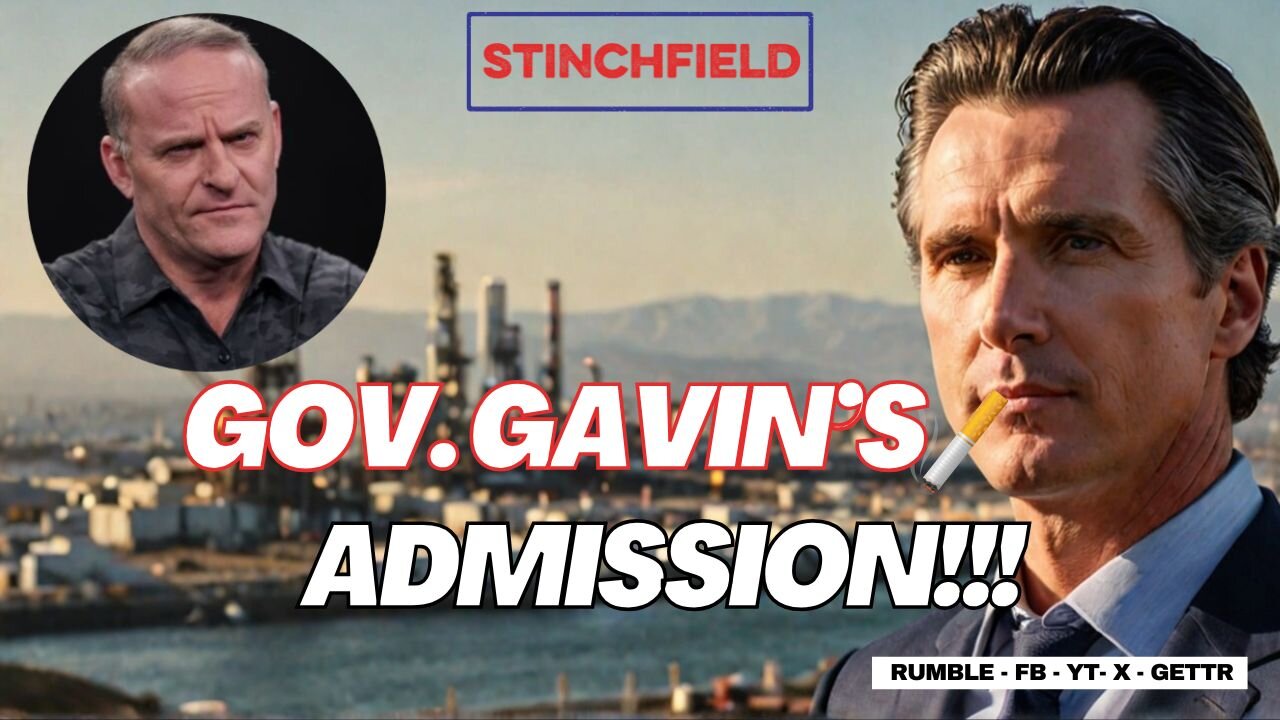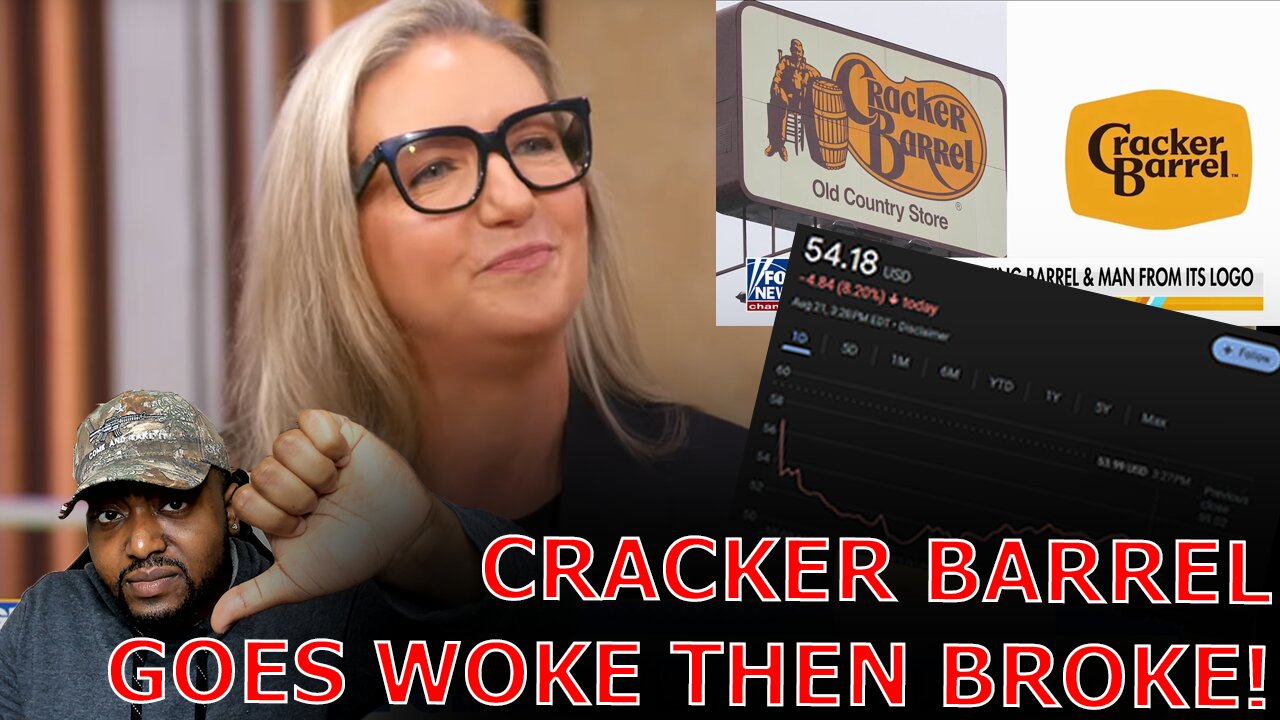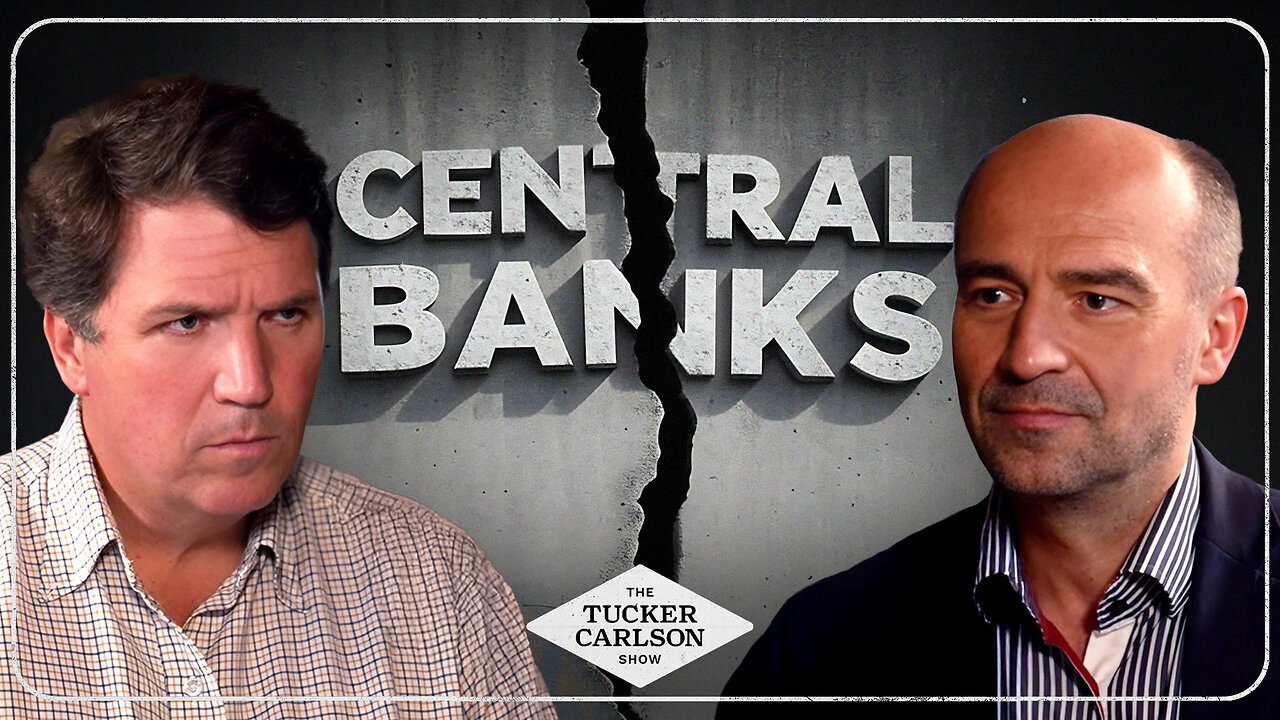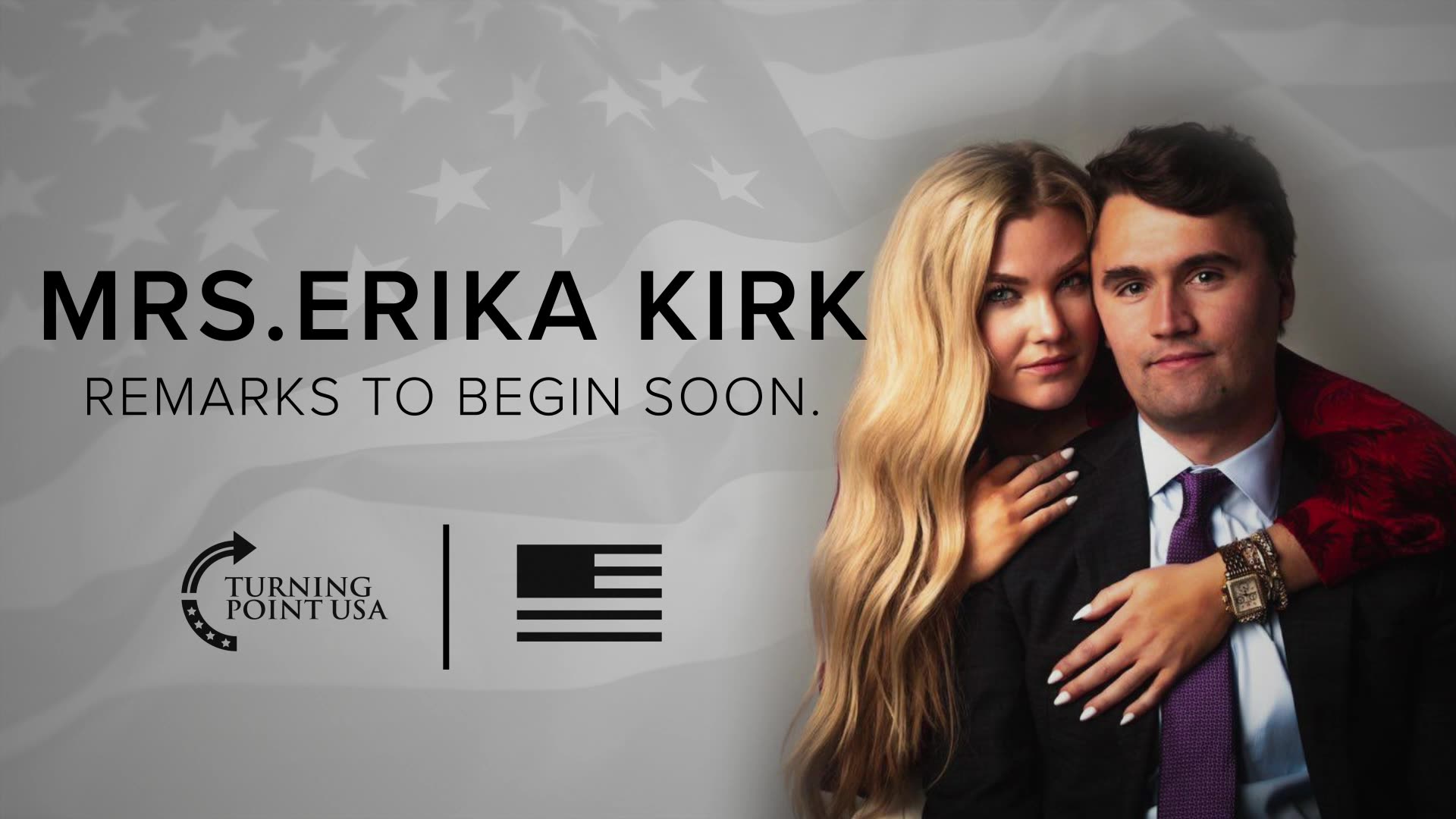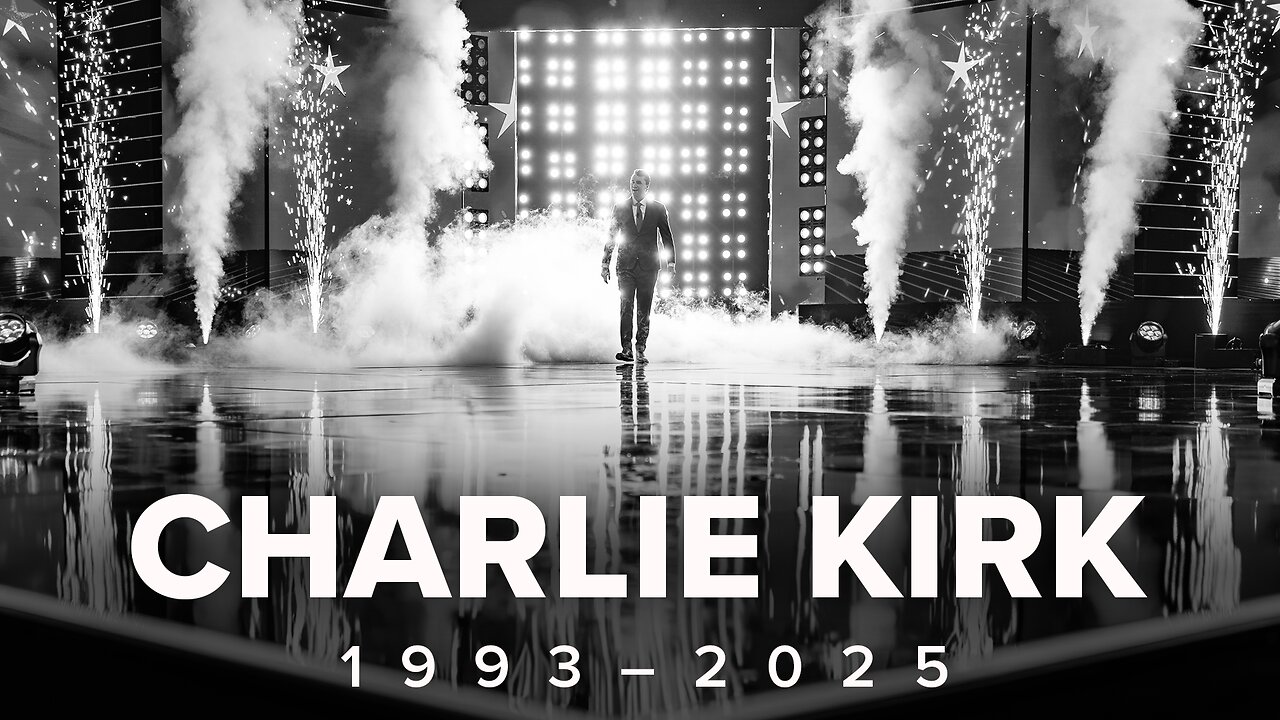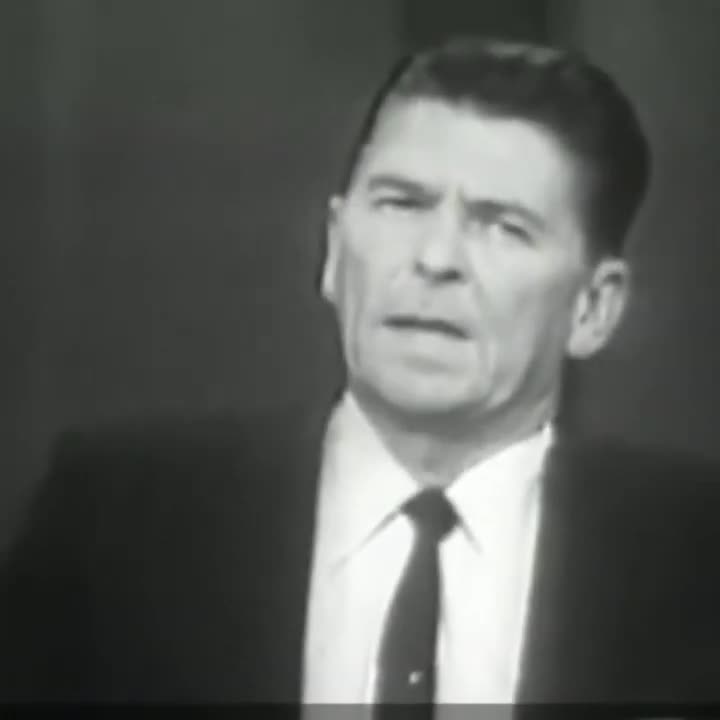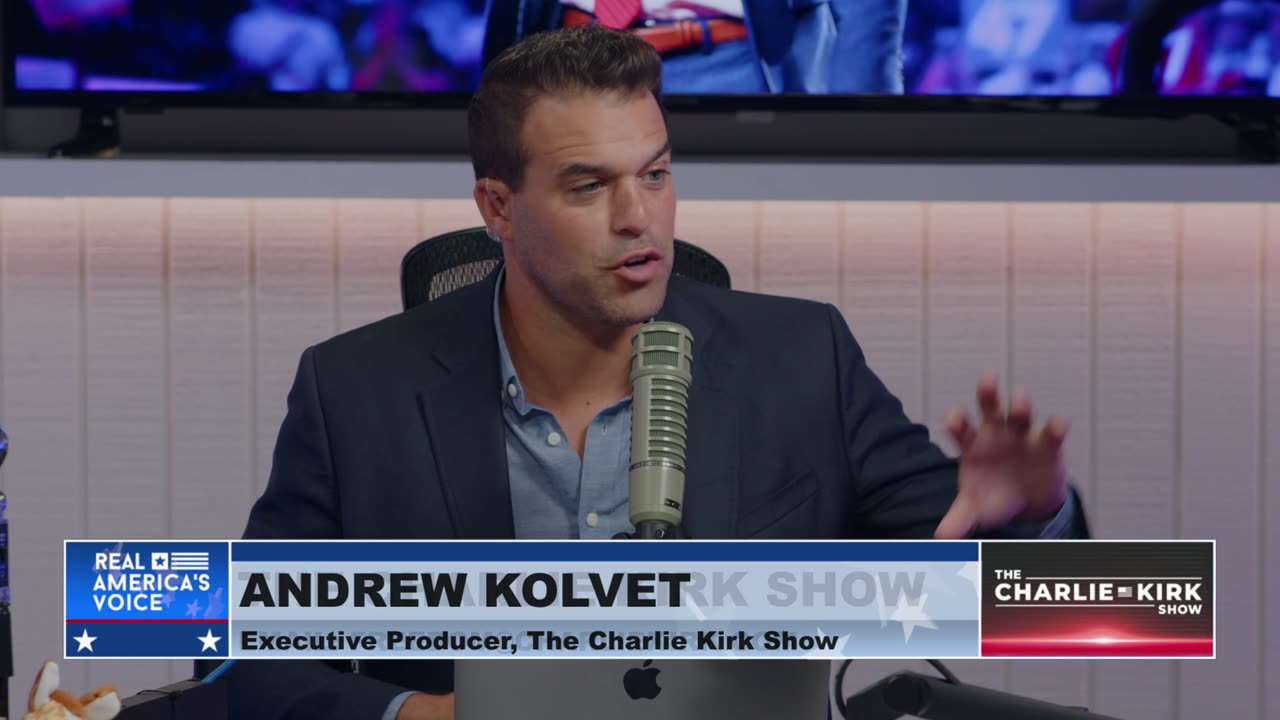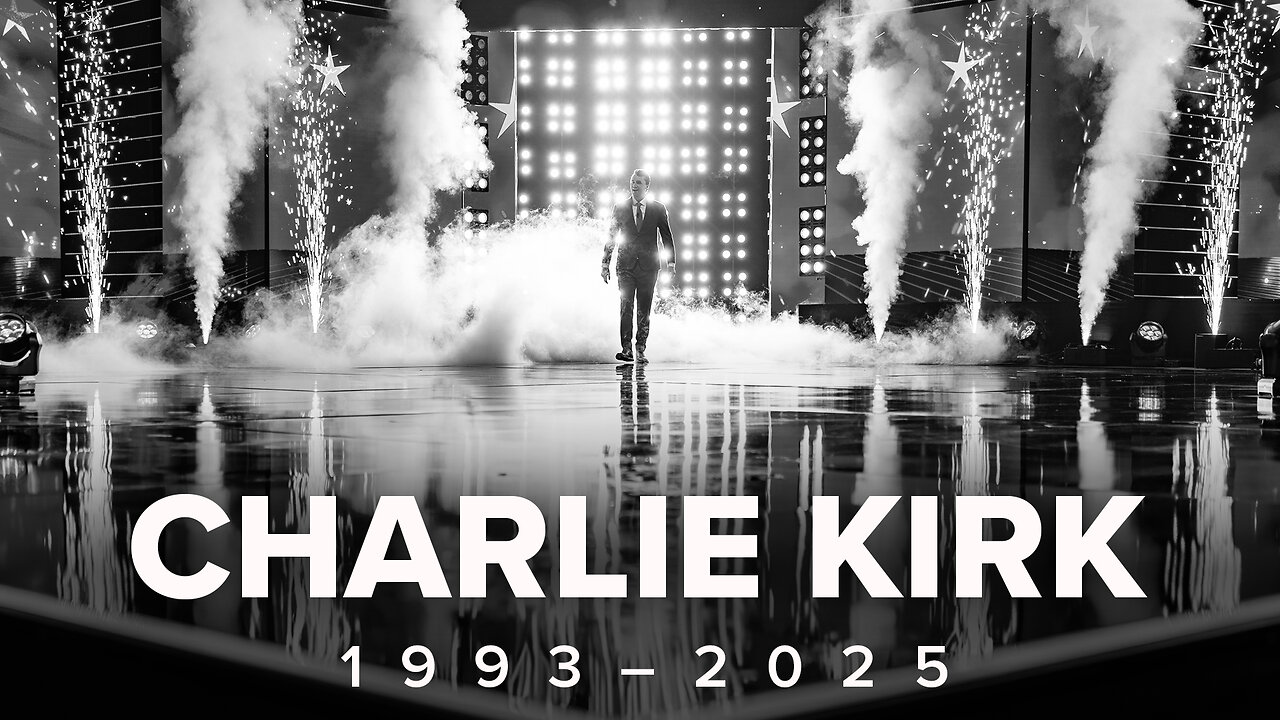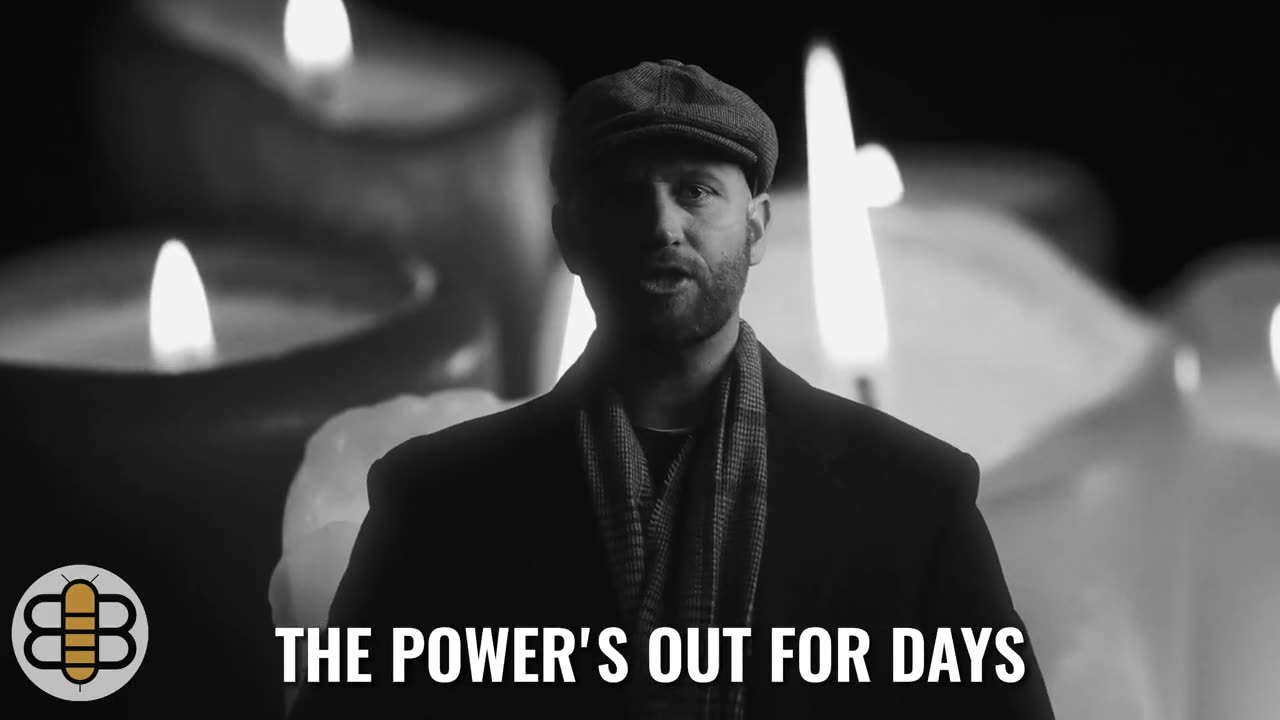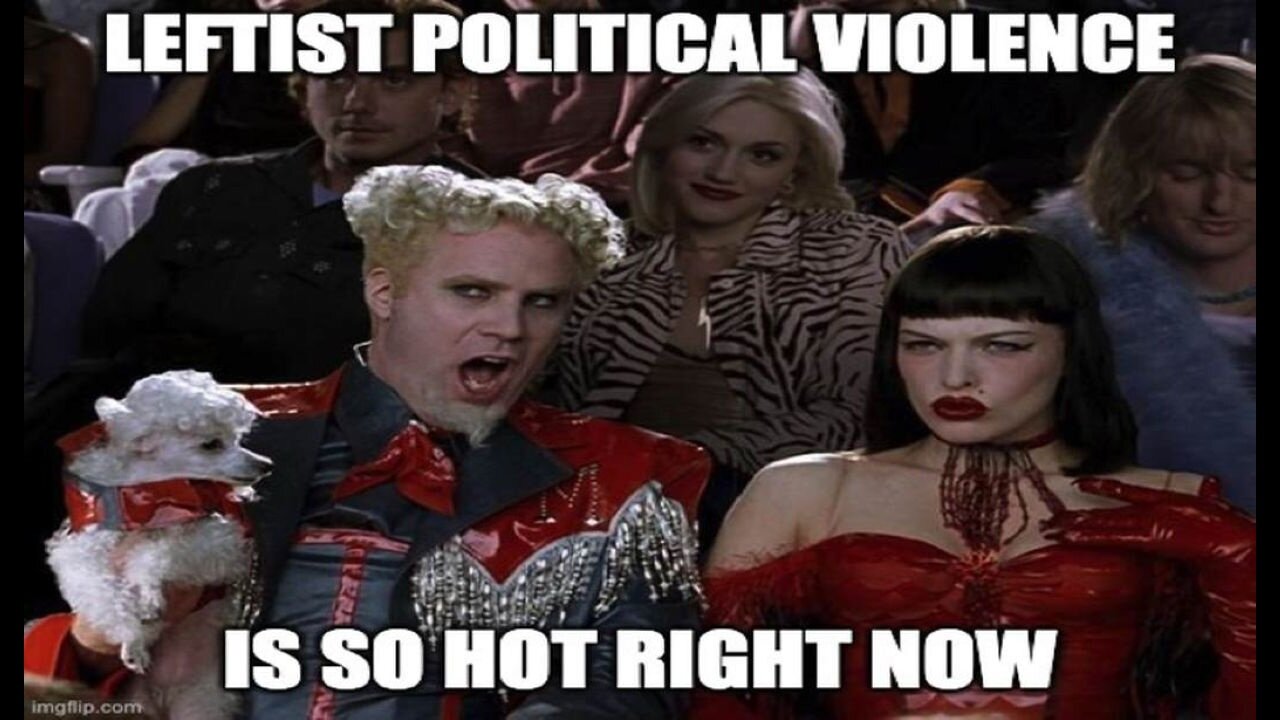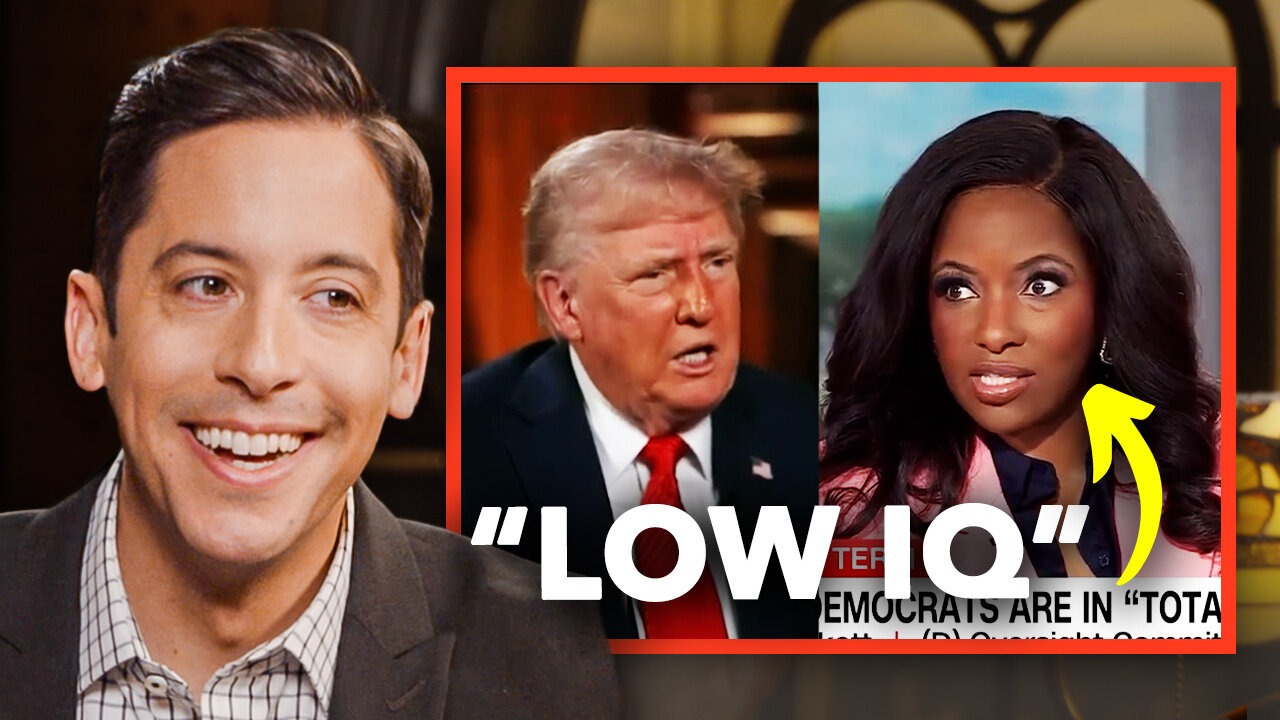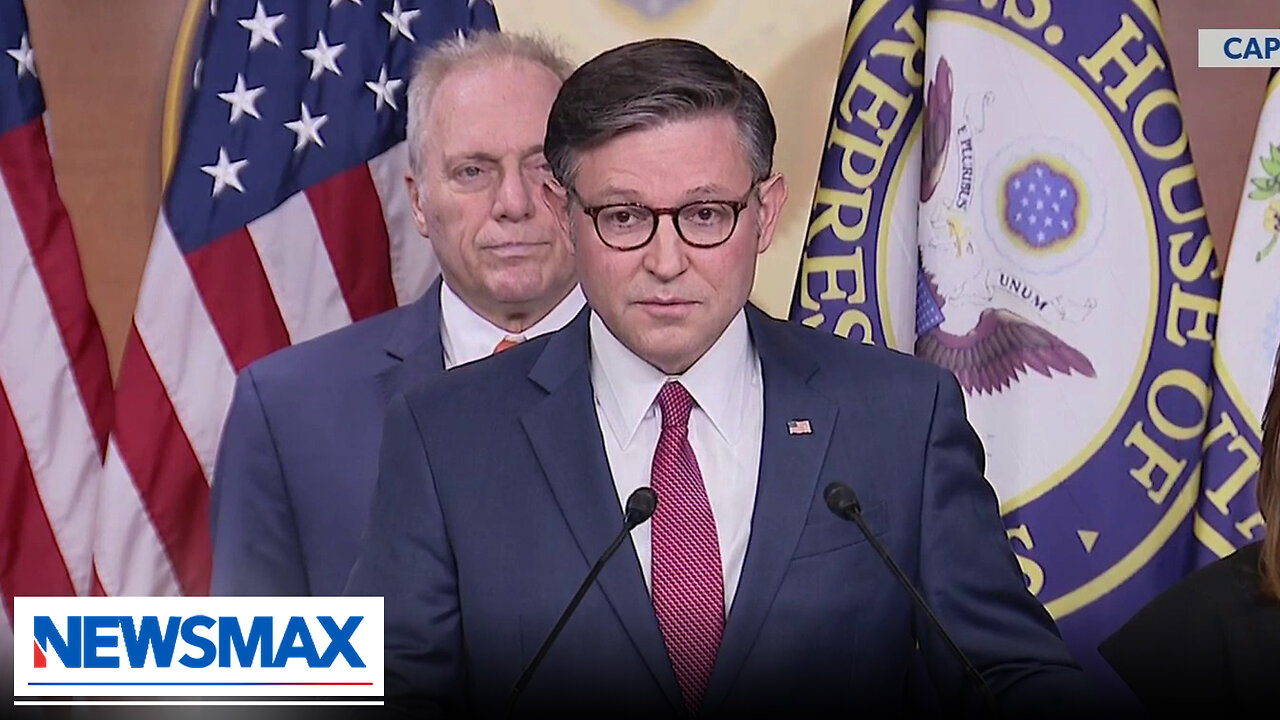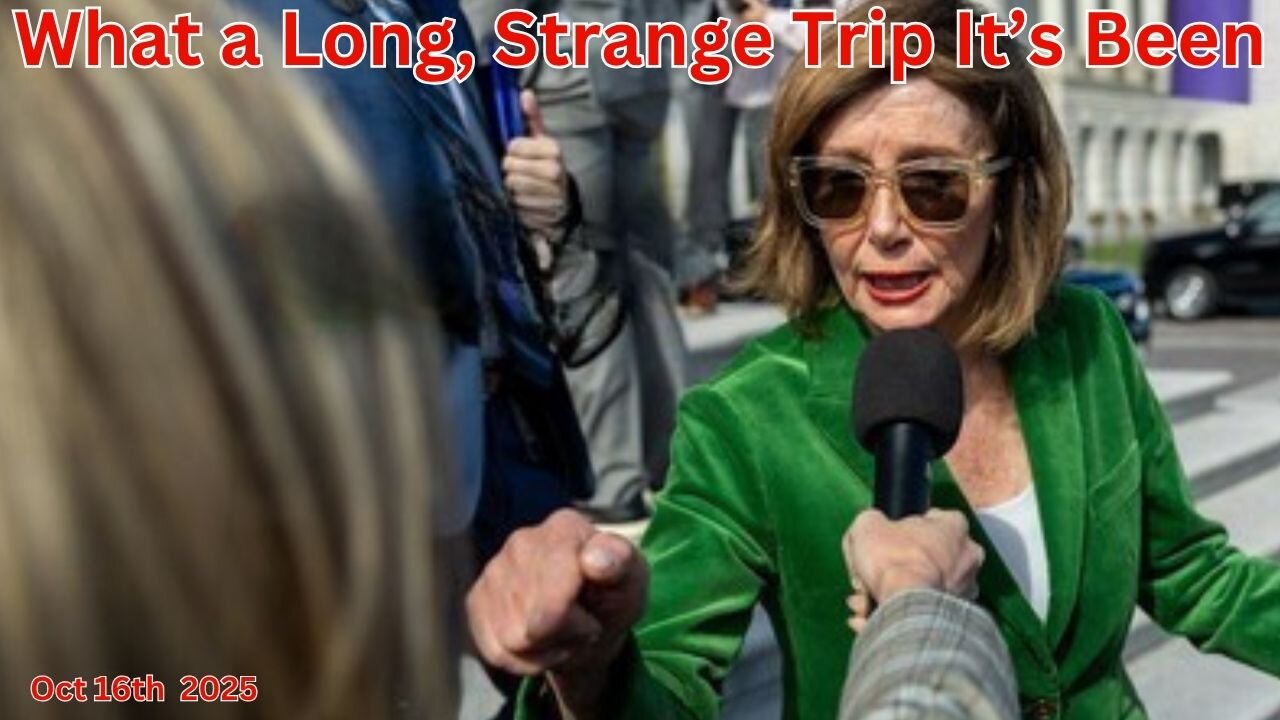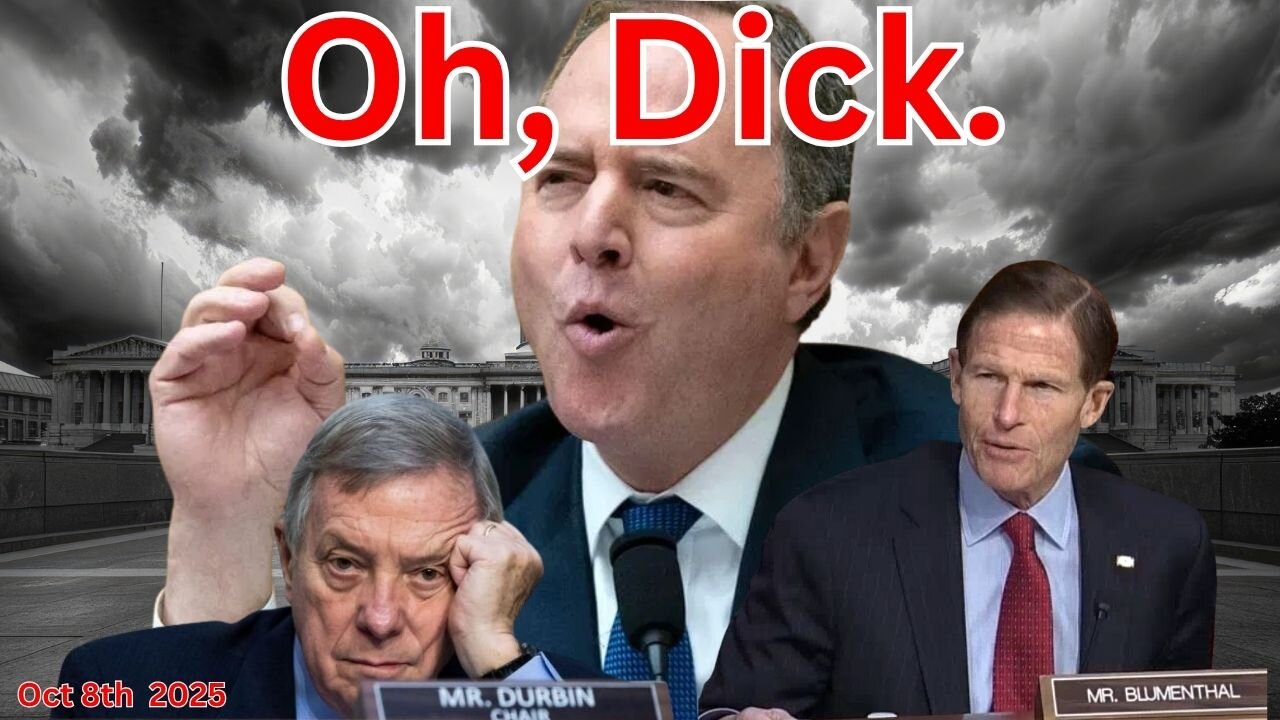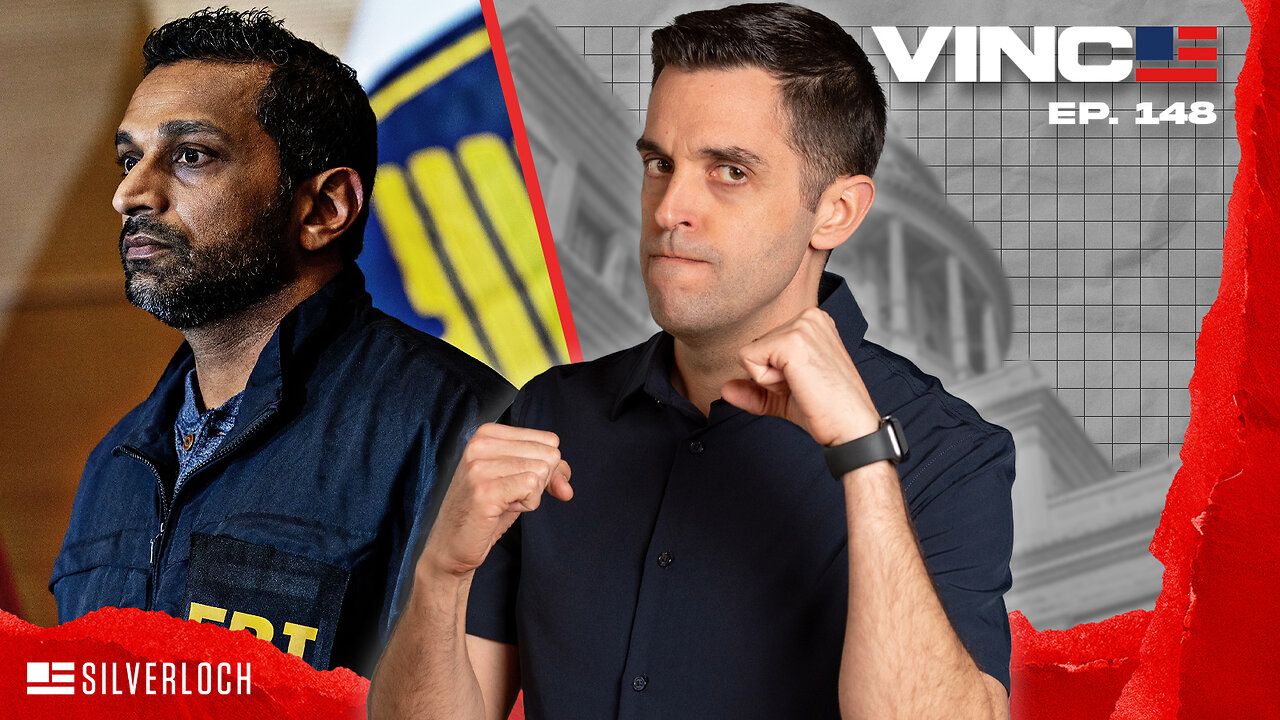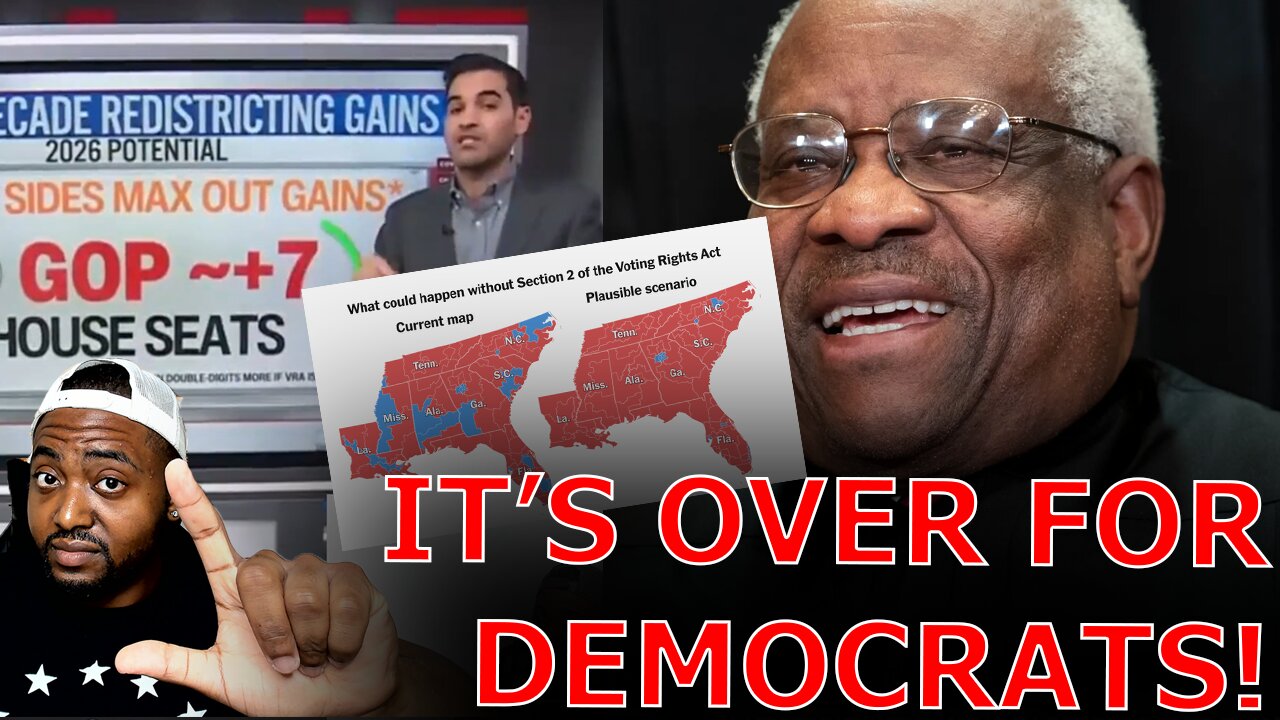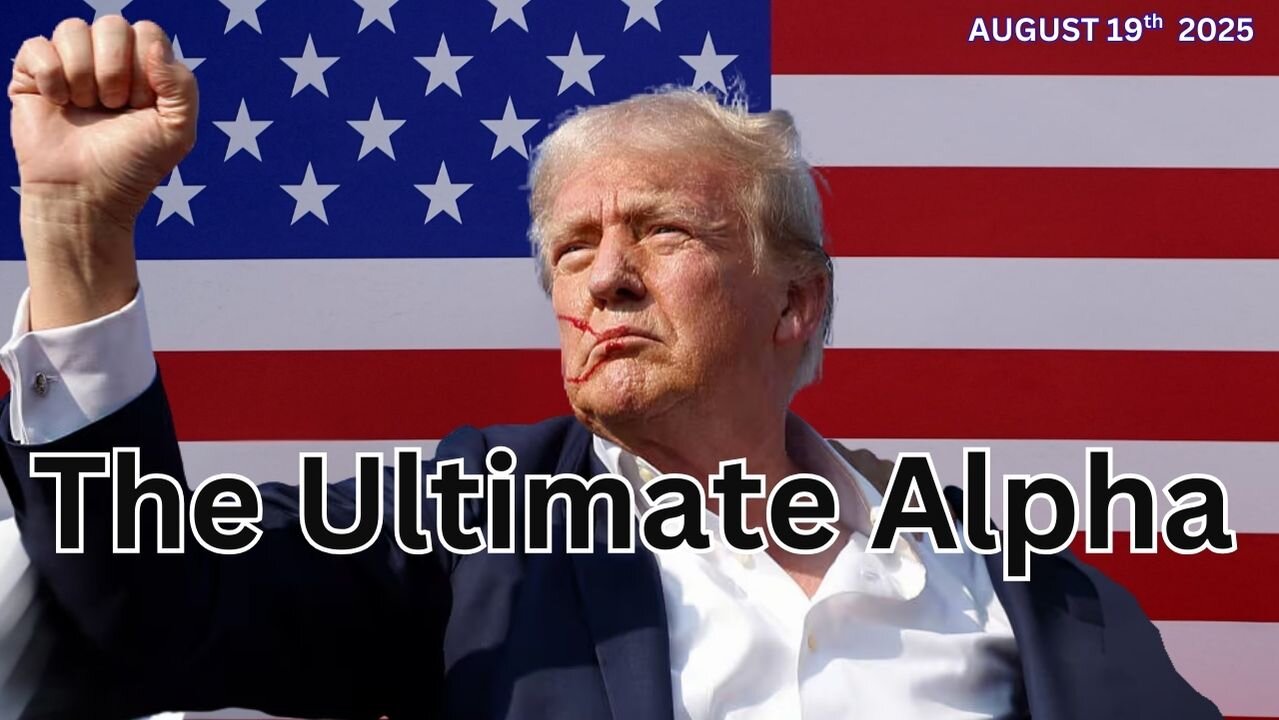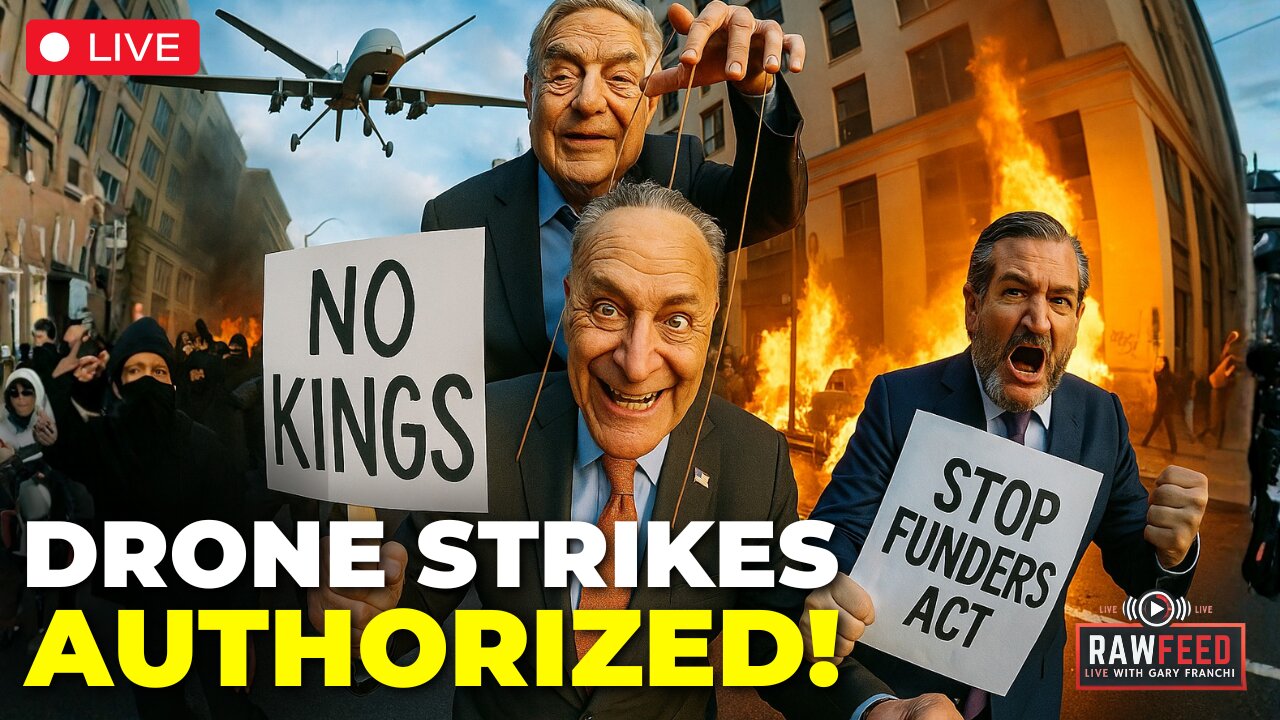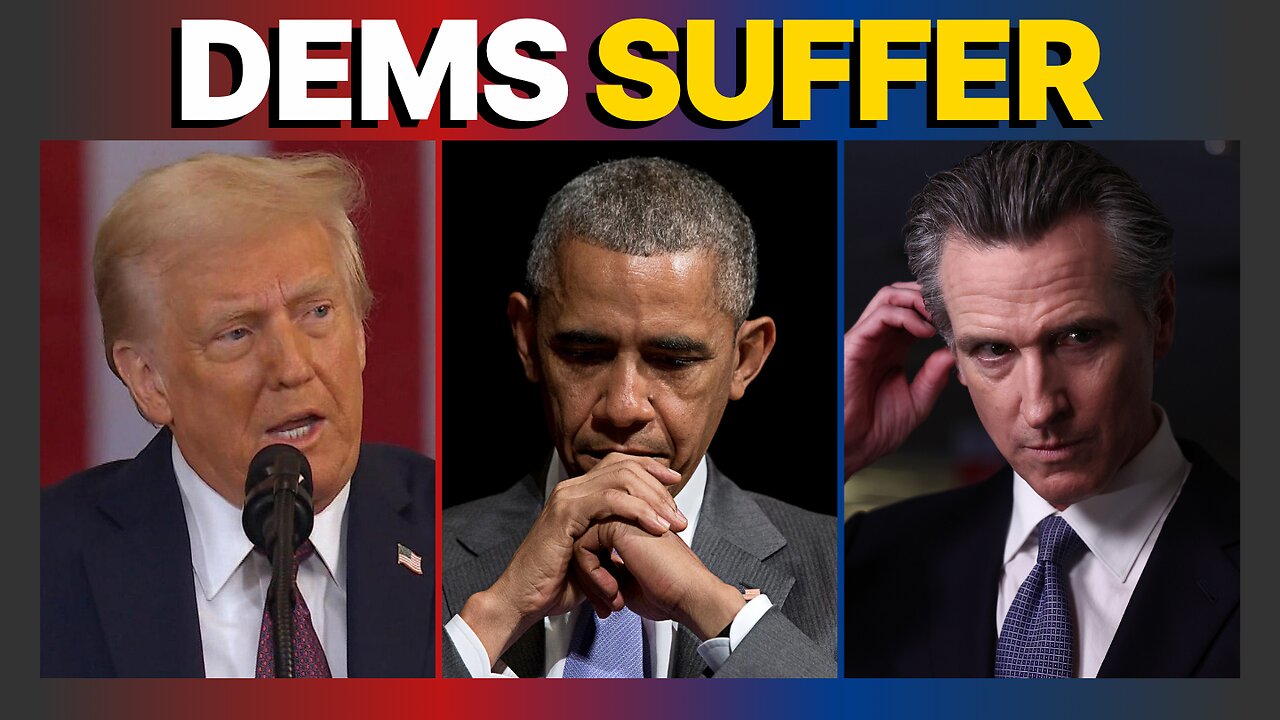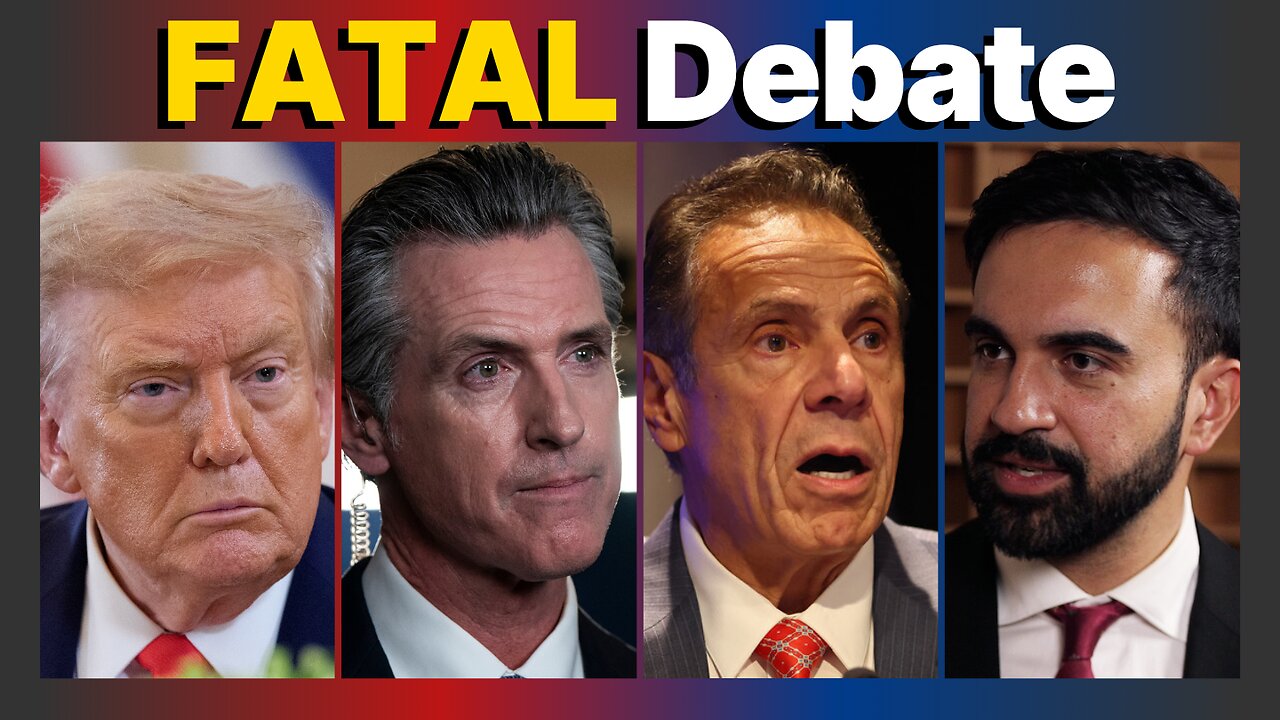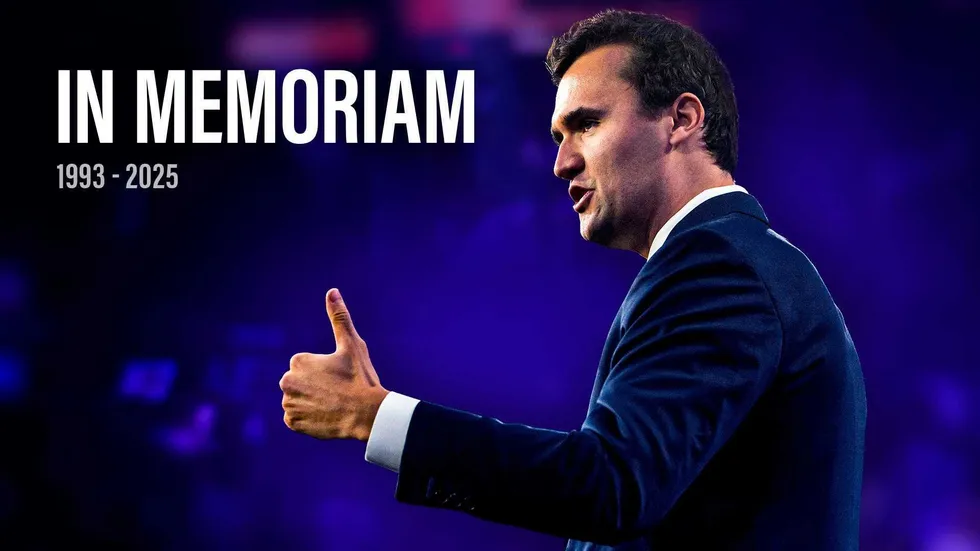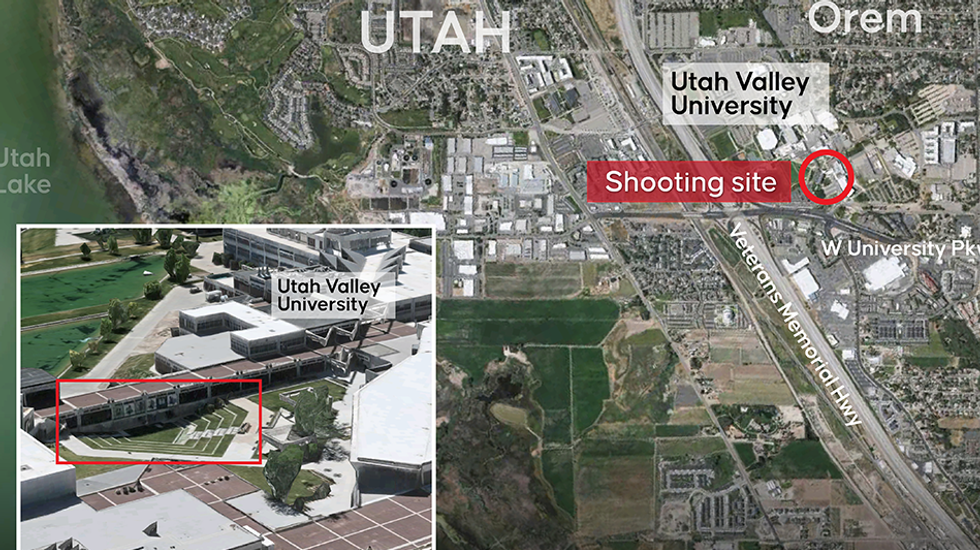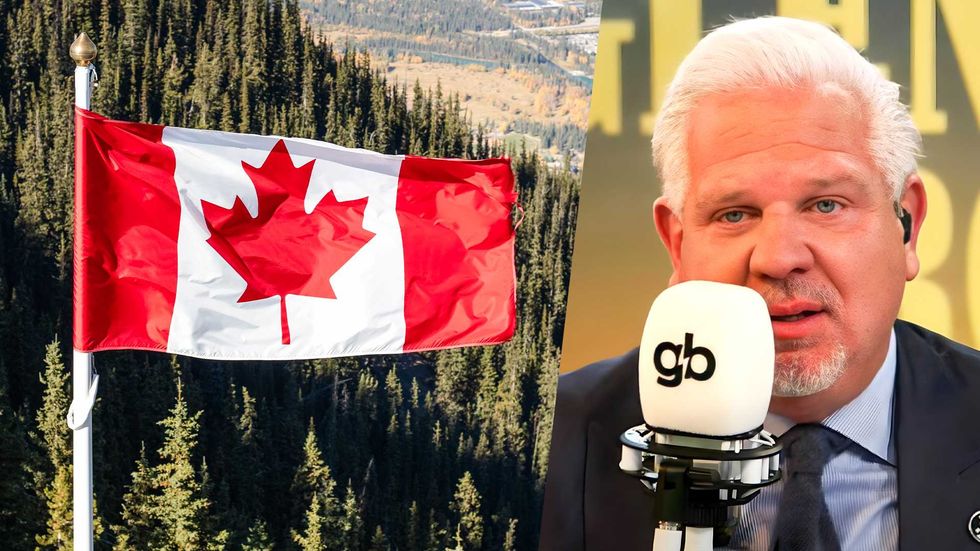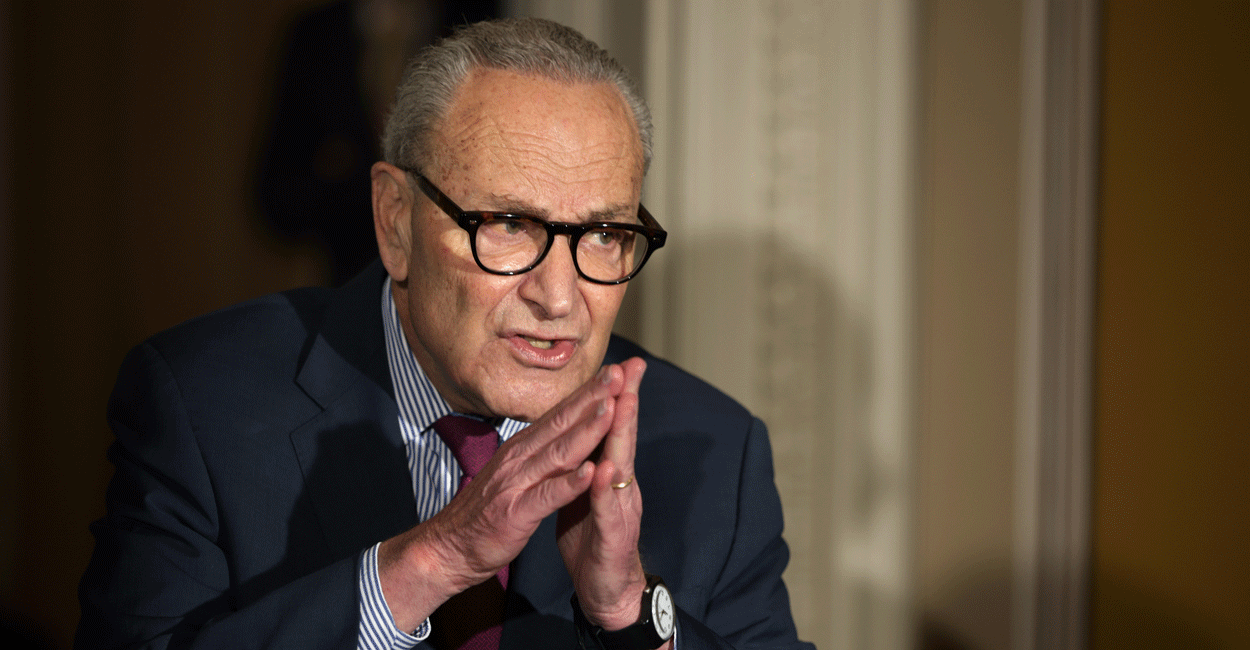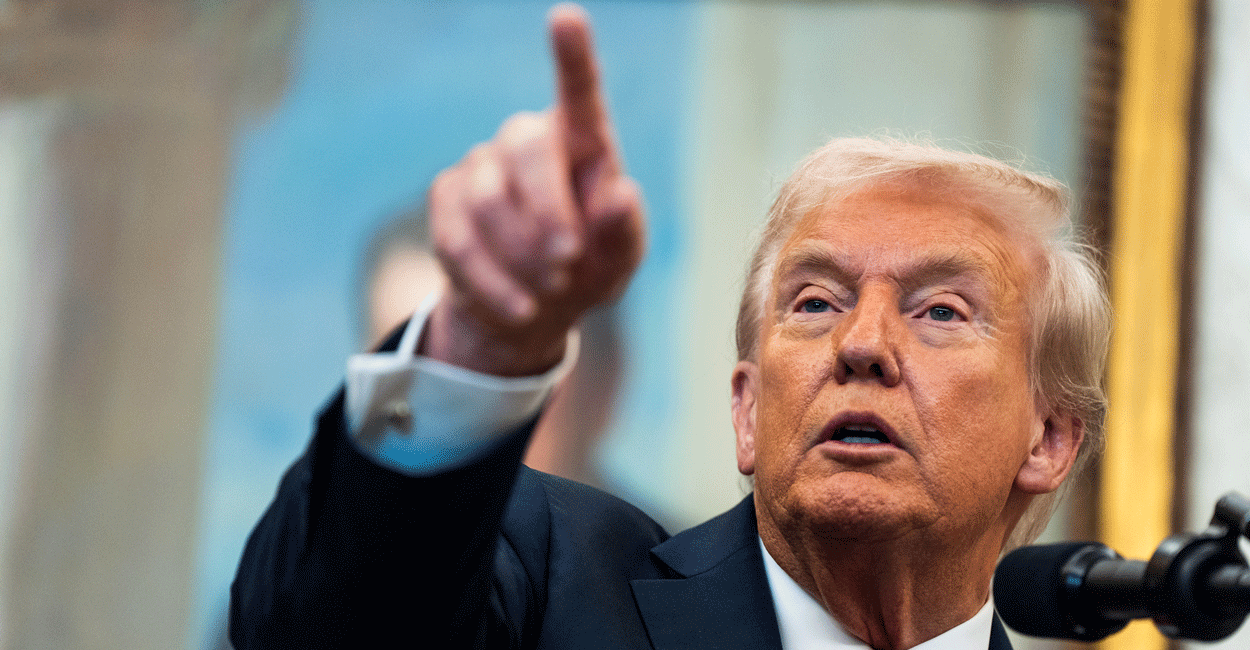Canada Election Results Suggest More US-Canada Tension Ahead
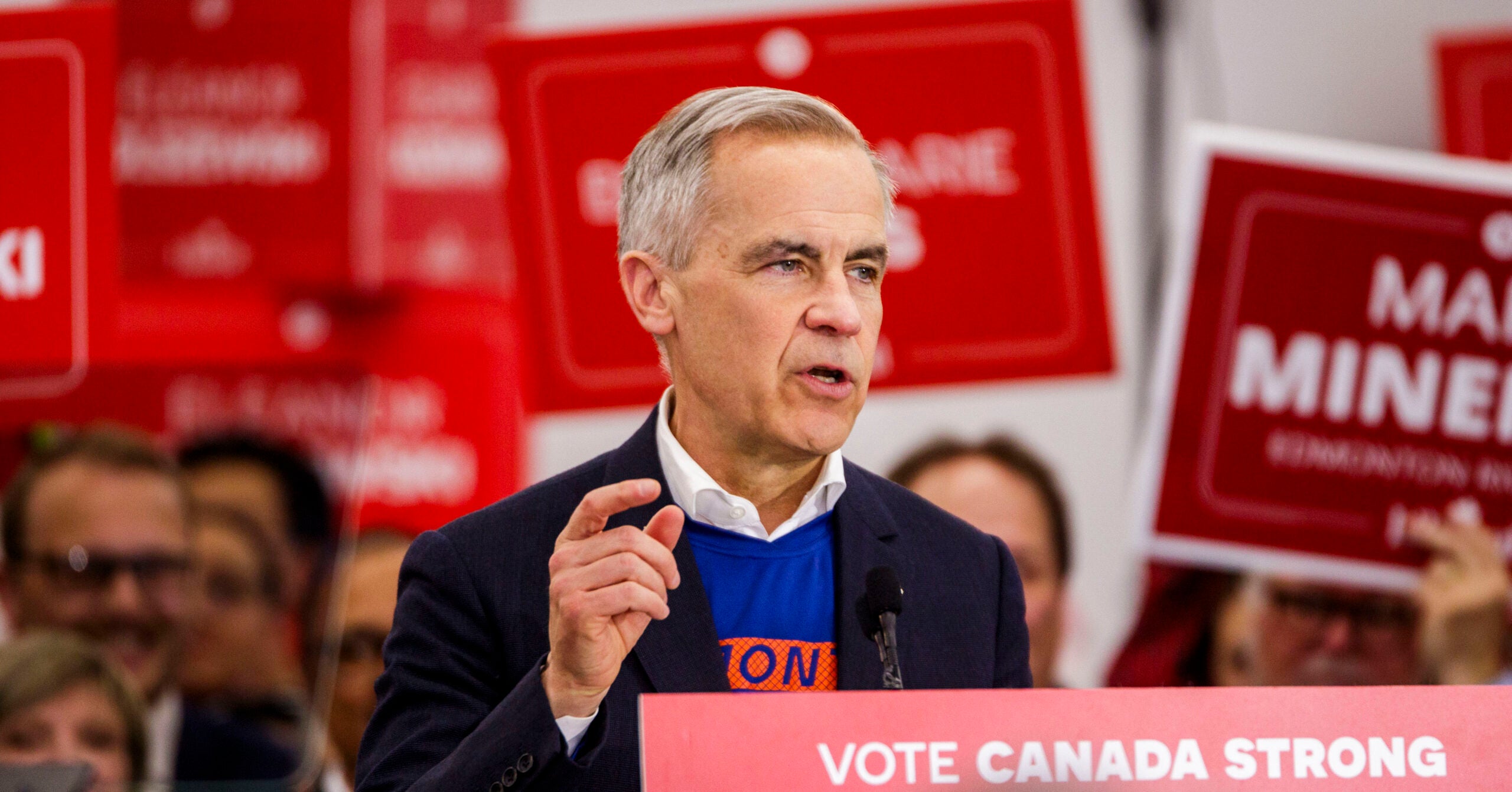
After a topsy-turvy election cycle in which the Conservatives started up 25 points before trade tensions with the United States and a Liberal leadership change, Canadian voters have given the Liberal Party another mandate in Ottawa.
This is a big win for Mark Carney, the newly installed Canadian prime minister who had spent a career in high finance, but never as an elected public official before Tuesday. Though a personal triumph, Carney and the Liberals’ election victory heralds more disappointment ahead for Canadians as he leans into a harmful trade war with Washington, maintains green energy pressures, and slow walks an enduring defense reset.
On Monday, Canadian voters gave the Liberal Party its fourth government in a row, paving the way for Carney to remain Canadian prime minister. The Liberal Party is set to win 168 seats, an increase of 15 seats from last election, but still four short of the 172-member outright majority. Past practice indicates that the Liberal Party will govern alone in a minority government but rely on support from the progressive New Democratic Party and regionalist Bloc Québécois to pass legislation and survive no confidence votes.
Smaller parties in Canada saw sharp declines in their vote share as voters coalesced around the two main parties in search of the best candidate to secure Canada’s interests amid a wave of worry and anti-American sentiment in response to American tariffs and talk of Canada as the 51st state.
The Liberal Party ran an effective campaign centering the election on which leader was best placed to successfully defend Canadian interests in negotiations with Donald Trump. Carney convinced Canadian voters his experience fighting the great recession as governor of the Bank of Canada and managing Brexit shifts as governor of the Bank of England were best suited to securing Canada’s interests.
Unfortunately, this result heralds trade turmoil with America as Carney described the United States as “a country we can no longer trust” in his acceptance speech last month. Further, adding economic pain on both sides of the border, Carney has taken a hard line towards Trump’s tariffs by imposing counter tariffs on products from orange juice to cars—even though nearly 75% of Canadian exports and around 30% of their imports are to and from the United States.
Generations of economic development have tied the two nations together, and communities along their shared border have a deep connections and regular border crossings for personal and professional reasons. Yet even though countries who have sought to negotiate with the White House to reduce trade barriers and thereby remove the tariffs have seen the greatest success, the Liberals seem determined to pursue a more aggressive approach.
This pain could be offset by economic growth, but Carney has spent his entire career championing government green energy mandates. With the election of the former UN Special Envoy on Climate Action and Finance, Canadians are likely to see the degradation of their oil and gas resources as the Liberals are unsympathetic to calls to expand pipelines and approve export terminals. This means restricted markets for Canadian energy and less energy made available for Indo-Pacific partners such as India and Japan who are key to balancing against malign Chinese influence. This combination is poised to put a damper on Canadian economic prospects while limiting Ottawa’s global influence and complicating Washington-led efforts to counter China.
Speaking of influence on the international stage, Carney’s efforts on defense spending promise to be too little, too late to reverse Canada’s status as a NATO free rider. At 1.37% of GDP in 2024, Canadian defense spending ranked near the bottom of the NATO alliance. Carney deserves credit for the recent purchase of an Australian radar system that will augment Canada’s contribution to North American Aerospace Defense Command (NORAD), but generational underinvestment will not be rebalanced by only committing to spend 2% of GDP on defense by 2030.
The NATO Summit at the Hague this year is expected to call for annual defense spending levels above 3% of GDP given the global threat environment, so for Canada to shoulder its fair share alongside America, much more rapid hikes in defense spending will be necessary.
Thanks to the renewed Liberal mandate in Canada, Americans are likely to remain at odds with their northern neighbors. Carney’s stated intentions on trade, energy, and defense will not only harm Canadians, but will also frustrate Trump’s attempts to update the relationship to benefit both sides and balance costs and opportunities. Hopefully, after this election, Canadian politicians will review the strategic vitality of their relationship with the U.S., and move beyond election rhetoric to negotiate with Washington, but the deck is stacked against it.
The post Canada Election Results Suggest More US-Canada Tension Ahead appeared first on The Daily Signal.
Originally Published at Daily Wire, Daily Signal, or The Blaze
What's Your Reaction?
 Like
0
Like
0
 Dislike
0
Dislike
0
 Love
0
Love
0
 Funny
0
Funny
0
 Angry
0
Angry
0
 Sad
0
Sad
0
 Wow
0
Wow
0


